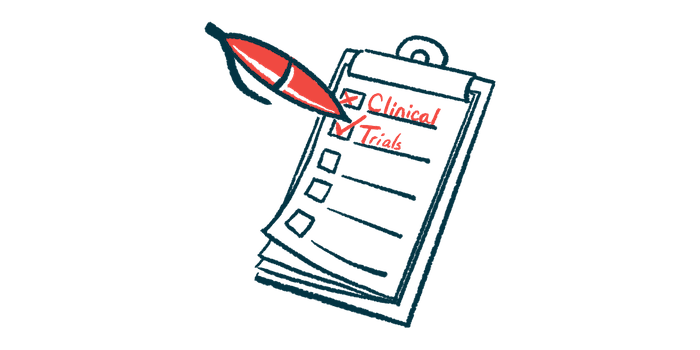1st Patient Enrolls in Trial of BEAM-101, Gene-editing Therapy for SCD
Study into restoring fetal hemoglobin production for severe SCD may expand
Written by |

A first patient has been enrolled in BEACON, a Phase 1/2 clinical trial into the safety and efficacy of BEAM-101, Beam Therapeutics’ transplant-based gene-editing cell therapy for sickle cell disease (SCD).
Recruitment of adults with severe SCD, ages 18–35, continues at Boston Children’s Hospital in Massachusetts and at the Medical College of Wisconsin in Milwaukee, with possibly more U.S. sites opening. Contact information for the study and its current sites is available.
“The enrollment of the first patient in our BEACON trial is a significant step forward for Beam and for the field of base editing,” John Evans, Beam’s CEO, said in a company press release.
Gene editing may offer way to treat severe sickle cell disease
Around birth, the production of hemoglobin switches from its fetal (HbF) to its adult (HbA) form. Hemoglobin is a protein inside red blood cells that carries oxygen through the bloodstream. This switch occurs as a part of a baby’s normal development.
People with SCD carry genetic mutations that lead to the production of HbS, a faulty version of adult hemoglobin. HbS clumps into long strands and causes red blood cells to become stiff and misshapen. Because of their abnormal sickle-like shape, these cells can get stuck inside small blood vessels and bring about a range of disease symptoms.
BEAM-101 is designed to instruct the body to switch the production of fetal hemoglobin back on, in order to prevent HbS clumping and make up for the lack of a working version of adult hemoglobin. This is expected to help ease SCD symptoms.
To switch on HbF production, researchers at Beam use CRISPR, a molecular tool that can cut open a gene’s DNA sequence at a specific point and exchange — edit — some of its building blocks for others with precision.
With BEAM-101, these edits are done in such a way that the target DNA sequence looks like that of person who has hereditary persistence of HbF — a benign condition in which fetal hemoglobin production persists into adulthood.
In preclinical studies, it was possible to reach high levels of gene editing to bring about high and consistent levels of HbF, while toning HbS levels down to those similar to sickle cell trait carriers. These individuals have a faulty copy of the gene that causes SCD, but they do not have overt disease symptoms.
Unlike other gene editors, the base editor of BEAM-101 is designed to avoid cutting through both “side rails” of the DNA’s twisted “ladder,” a characteristic structure known as the DNA double helix. Doing so, according to the company, could result in DNA damage and unwanted chromosome abnormalities.
BEACON could enroll up to 45 adults if ‘sentinel’ group shows benefits
“With the potency and precision of base editing, we believe BEAM-101 could be a best-in-class option for SCD patients with several advantages over other available genetic therapies,” Evans said.
Patients who enroll in BEACON (NCT05456880) will first undergo a procedure to harvest hematopoietic stem cells (HSCs) — blood cell precursors — from their bone marrow. These HSCs will be edited in the lab and then transplanted into a patient’s bone marrow via a one-time into-the-vein infusion.
To make space for the edited HSCs to take hold, patients will undergo a conditioning regimen with busulfan, a chemotherapy medication intended to wipe out HSCs currently in the bone marrow before the transplanted ones take over.
Eligible patients must have severe SCD, defined by the occurrence of at least four severe vaso-occlusive crises (VOCs) in the two years prior to trial screening despite treatment with hydroxyurea and other supportive therapies. VOCs occur when sickled red blood cells block blood flow, depriving tissues of oxygen and causing pain.
One of BEACON’s primary goals is to evaluate changes in the annualized number of severe VOCs, which will be assessed six months after the transplant. Other primary outcome measures include the time until engraftment of certain types of blood cells over two years, transplant-related mortality within 100 days (about 3.2 months) after the transplant, and transplant-related side effects.
An initial “sentinel” group of three patients will be treated one at a time to confirm the transplant’s safety and efficacy. If successful, the company plans to enroll and treat up to 45 patients.
“We are now focused on activating additional clinical trial sites in the U.S., modifying the BEACON protocol to enable expedited future patient enrollment and endpoint assessment, and finalizing our commercial-ready manufacturing process,” Evans said. “We look forward to advancing this program for patients who suffer from the painful and debilitating consequences of SCD.”






